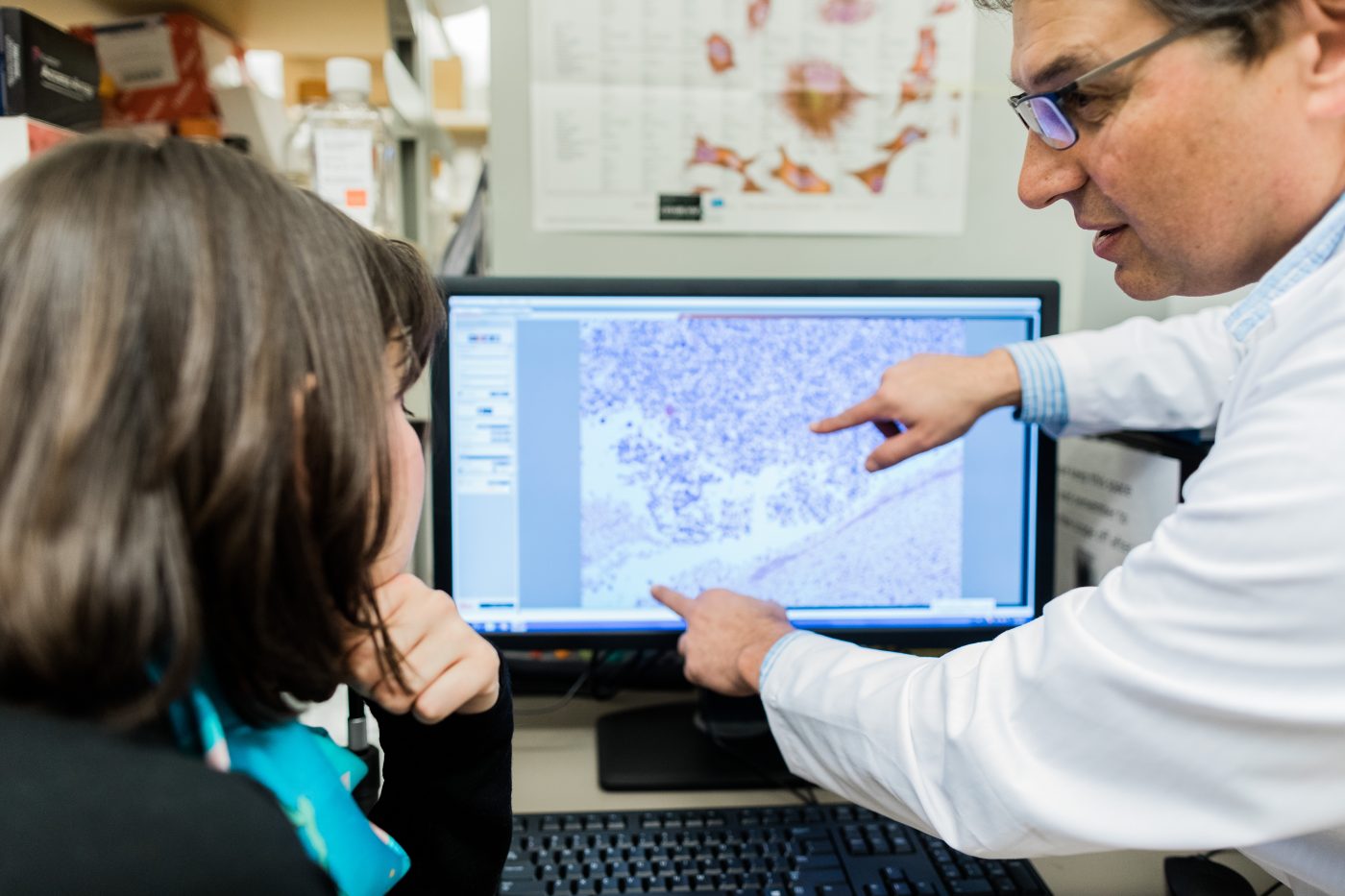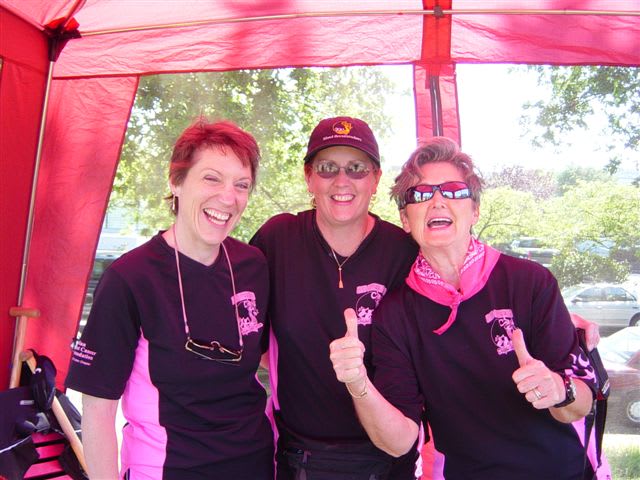Hi everyone! This is my last guest blog post so I’d first like to thank the BC Cancer Foundation for this opportunity to connect with all of you.
As mentioned in my previous entry, we have numerous long-term projects on the go here at the BC Cancer Agency’s Screening Mammography Program. One such project is a randomized clinical trial focused on Breast Tomosynthesis, a 3D imaging technology, in a screening setting.
We hope to begin this project using two of our sites here in the Lower Mainland in the summer of 2014. This will be a randomized clinical trial where women will be offered full field digital mammography alone or full field digital mammography and tomosynthesis. Through the use of this new technology we are hoping to reduce the number of women who need to be called back for extra mammography views, while keeping our cancer detection rates high or even improving them in some cases.
This has been in the planning stages with our partners at the BC Women’s Breast Health Centre and at Dr. Warren & Associates for almost two years. Additionally, we will be a “lead in” site for a much bigger North American trial, also currently in the planning stages.
A lot of planning goes into these projects; breast images and interpretation are really just the start. We will also keep track of women who go for tissue biopsies, so we can conduct important and innovative testing on these samples over the next few years. Because of all the variables involved, research coordinators play a vital role in informed patient consent, data collection and data keeping. Bringing these pieces together will be crucial to the success of these projects.
I believe breast cancer screening has the potential to vastly change and improve over time. We have already started to move to a more personalized approach, which takes into consideration various risk factors such as family history. We may also see the advent of new screening tests beyond breast imaging, such as serum markers in a blood test that would allow us to direct who should be screened and how often.
In twenty years, who knows how breast imaging will be done? We have much more sophisticated equipment today than we have ever had- the technology has progressed very quickly over the last twenty years. As I’ve mentioned before, it is certainly an exciting time to be involved with screening mammography!
Thanks again to the BC Cancer Foundation for giving me the chance to share my thoughts and musings about the future of breast screening. For more information please visit www.screeningbc.ca/breast.
Sincerely,
Christine Wilson

Fuel Hope for Thousands of Families Across B.C.
Help advance innovative breast cancer research and accelerate access to life-saving care for British Columbians facing cancer.
Donate Now

